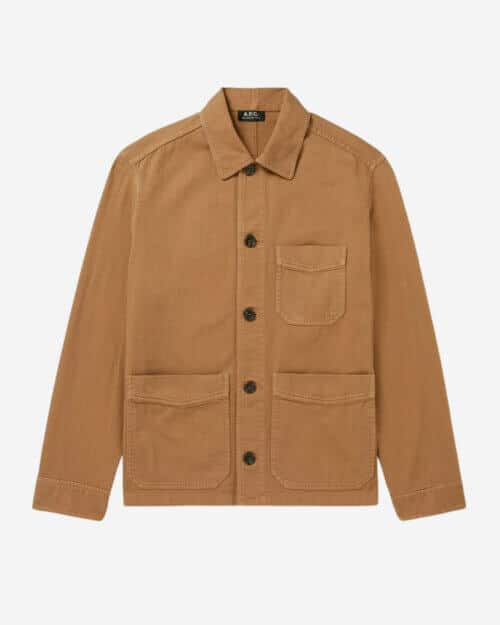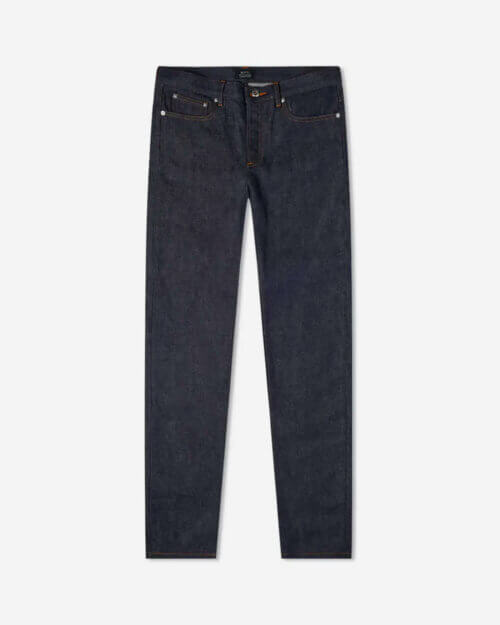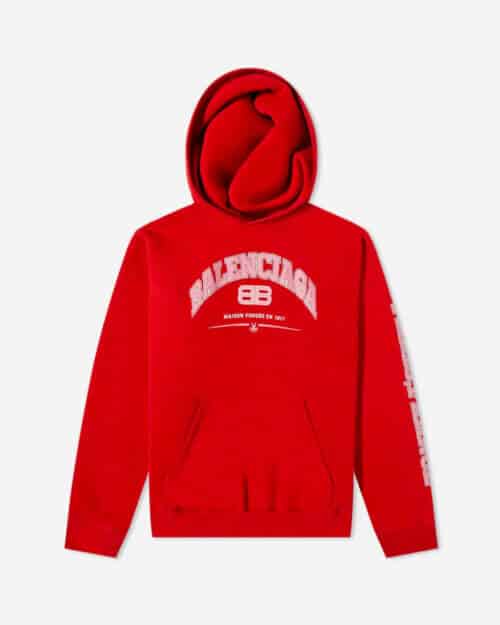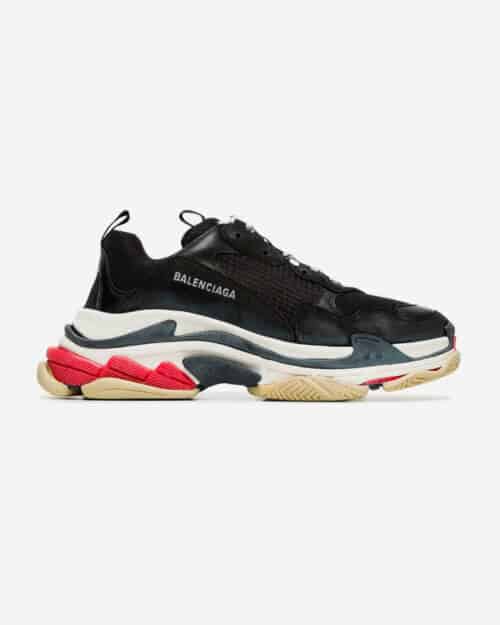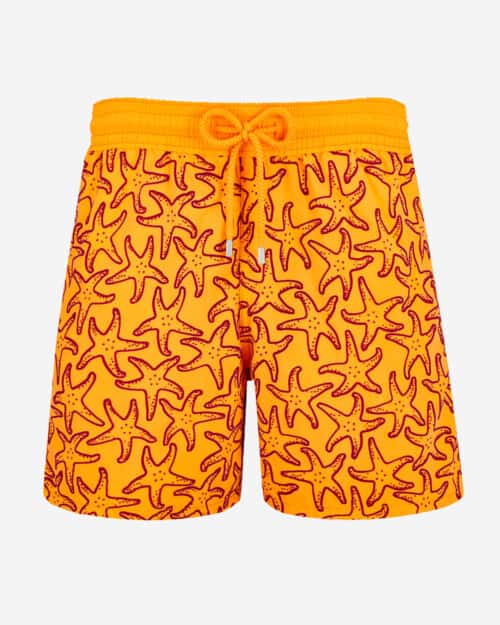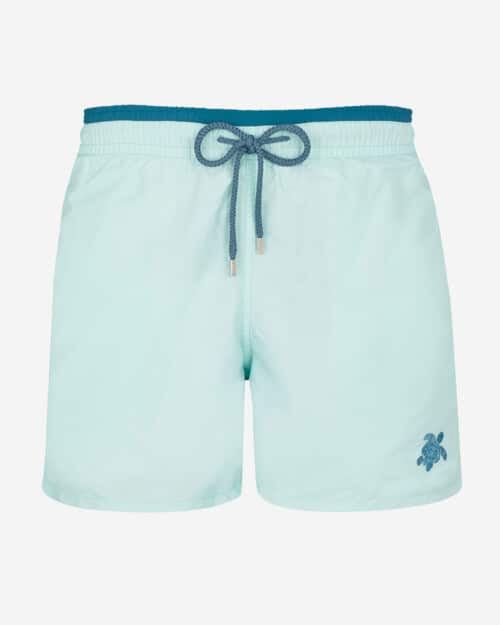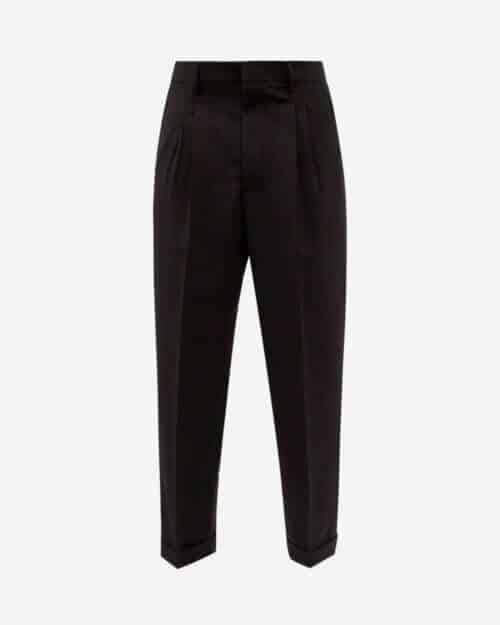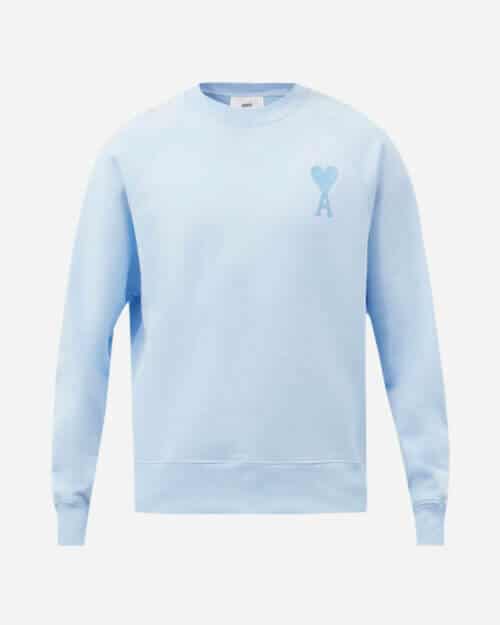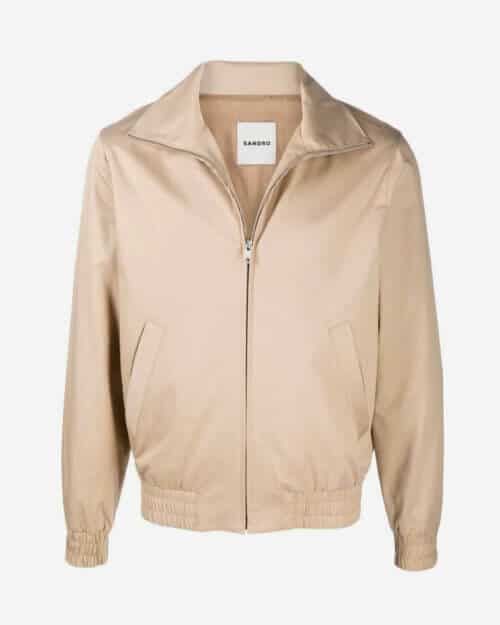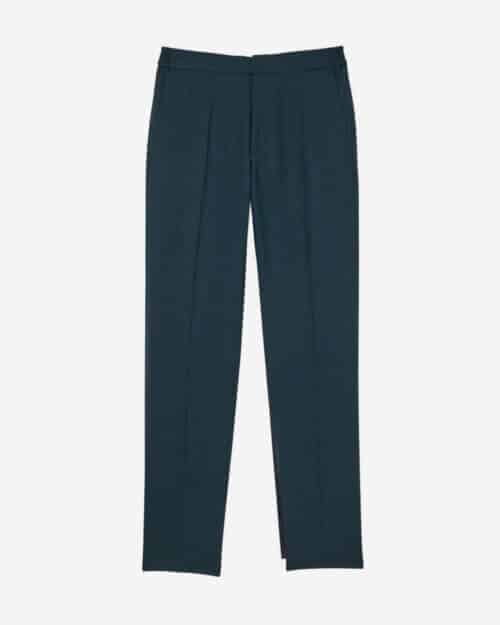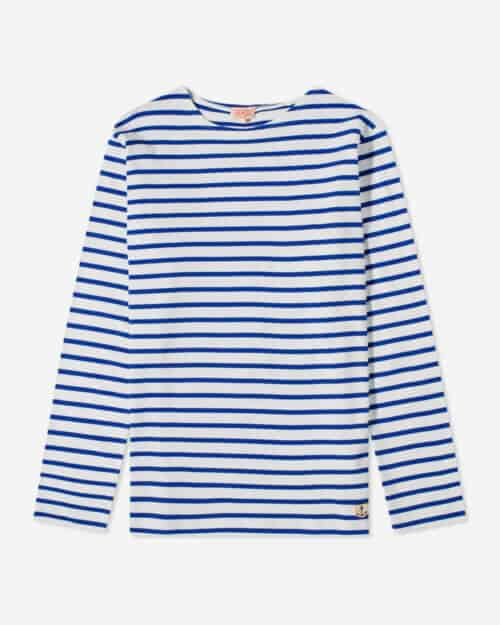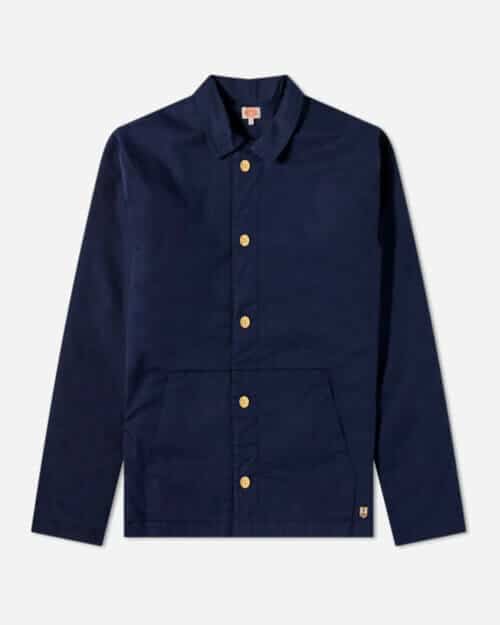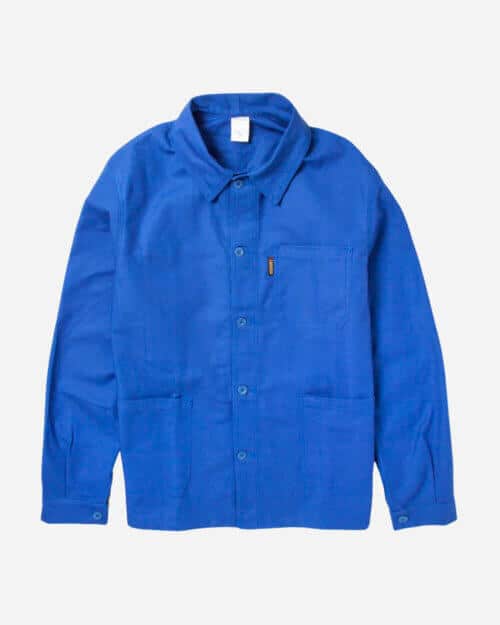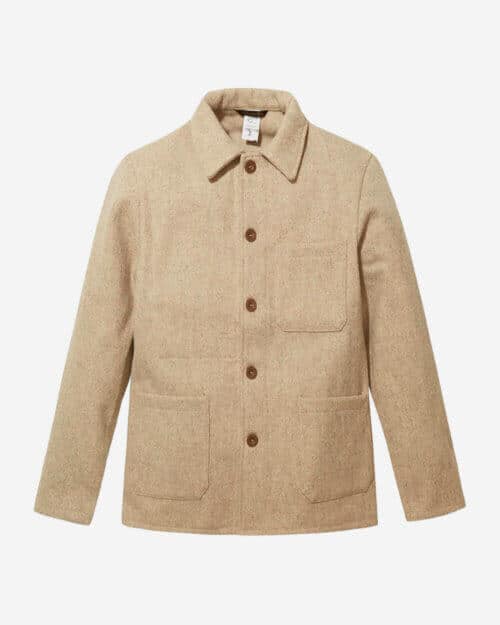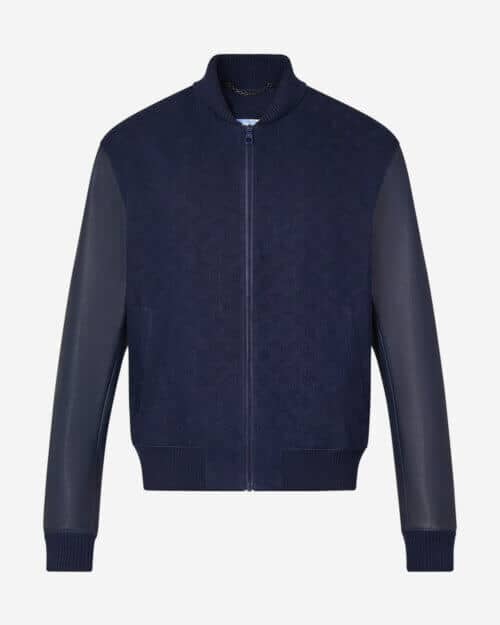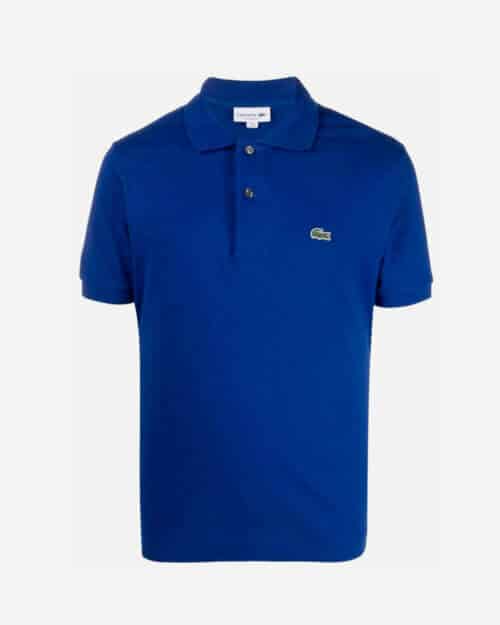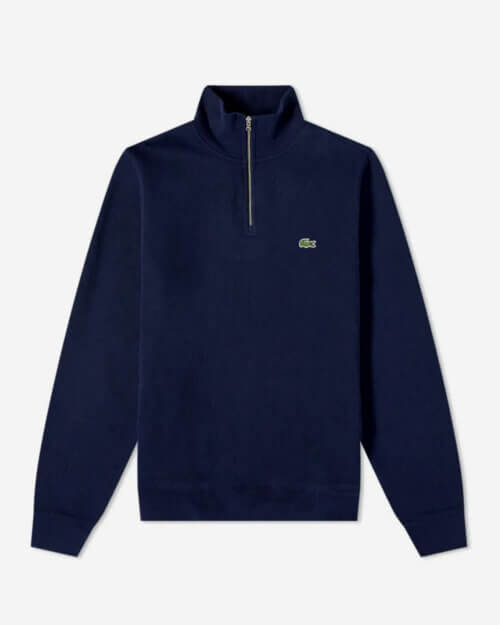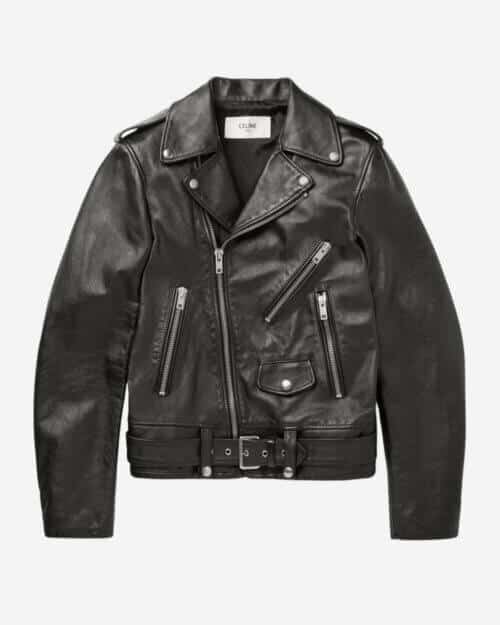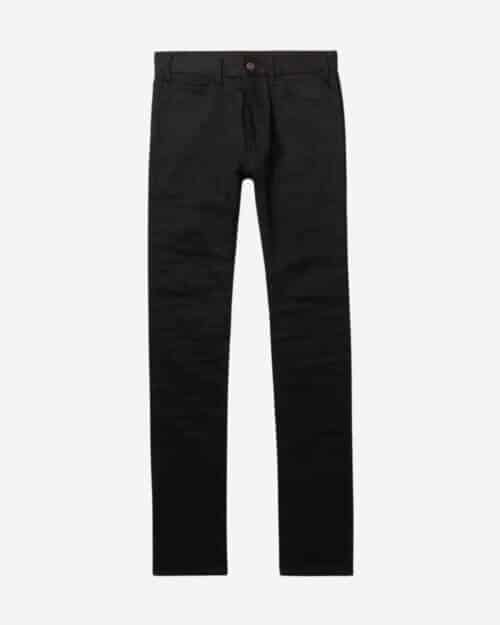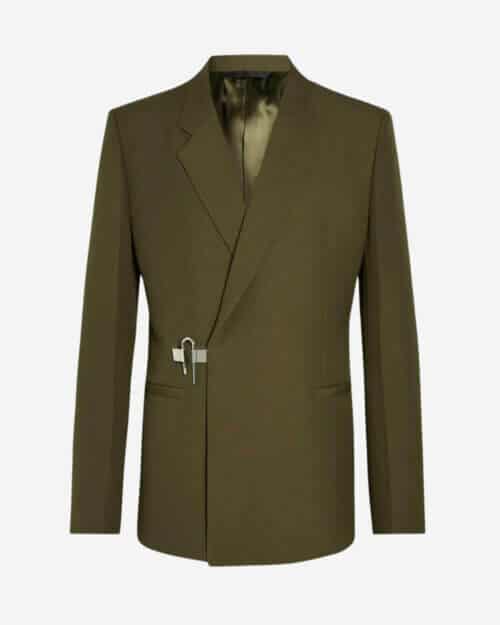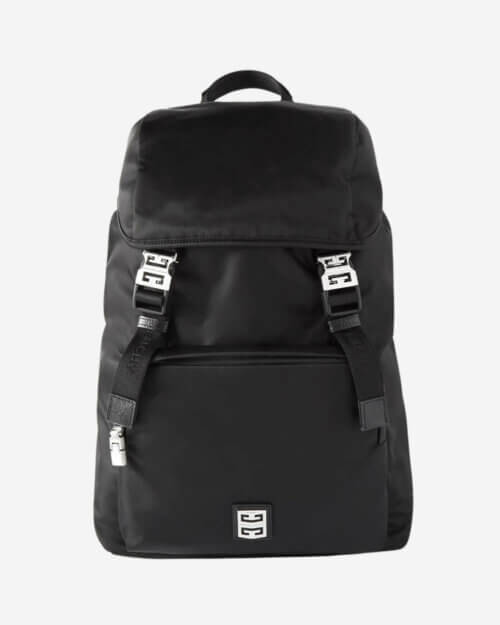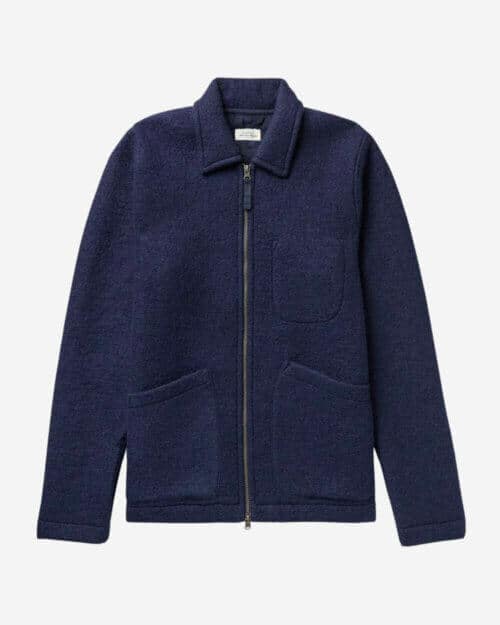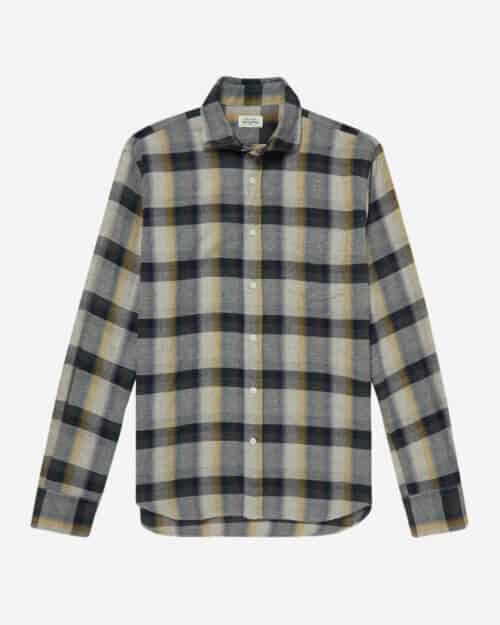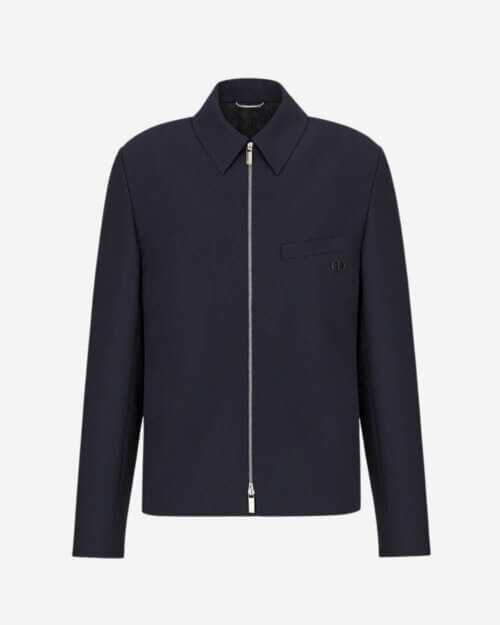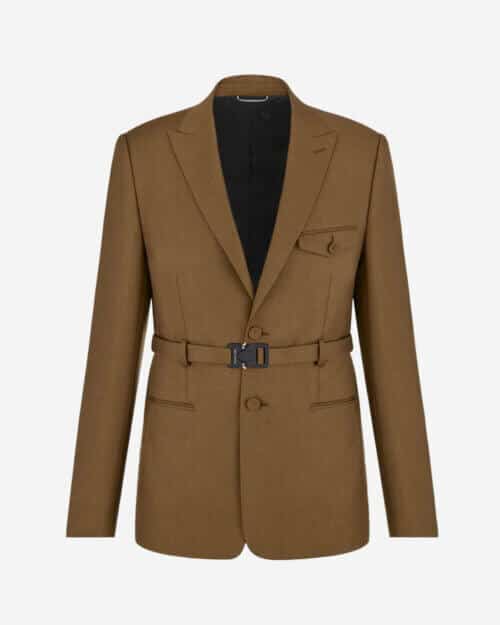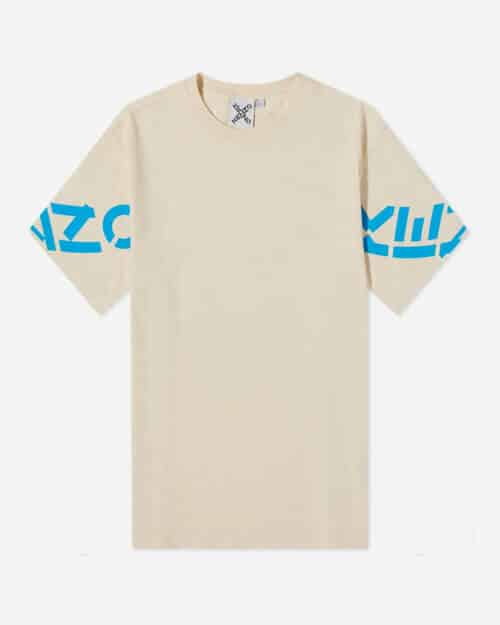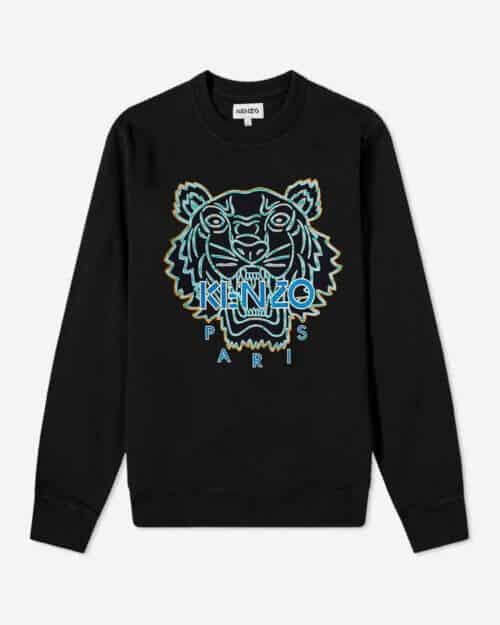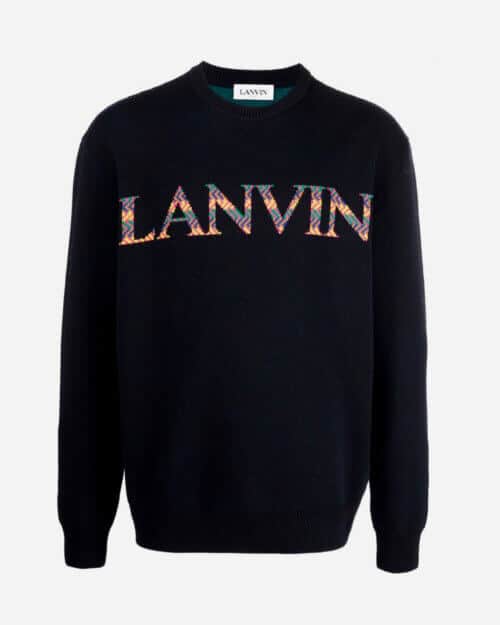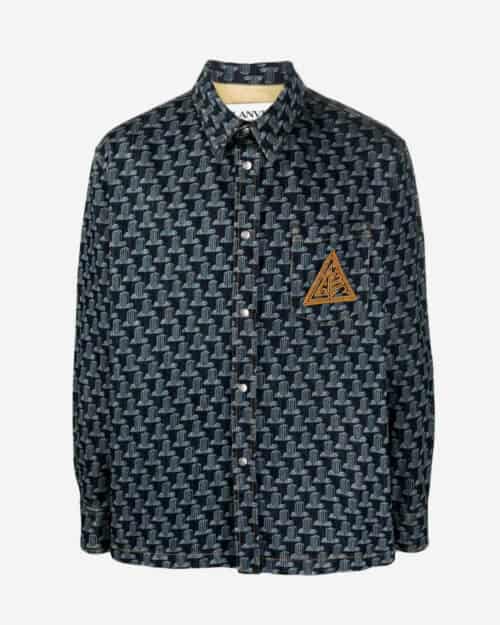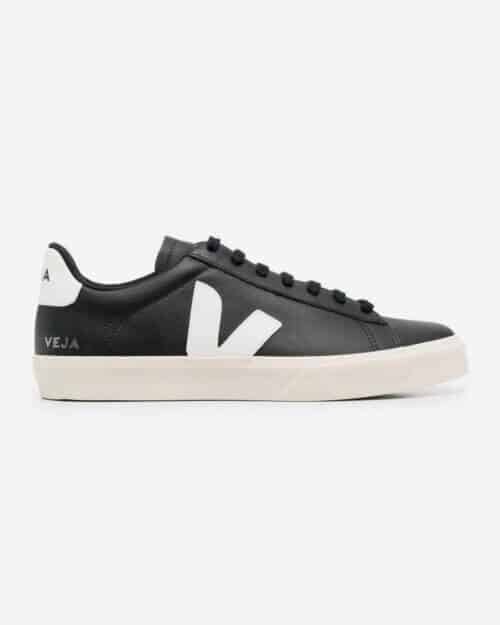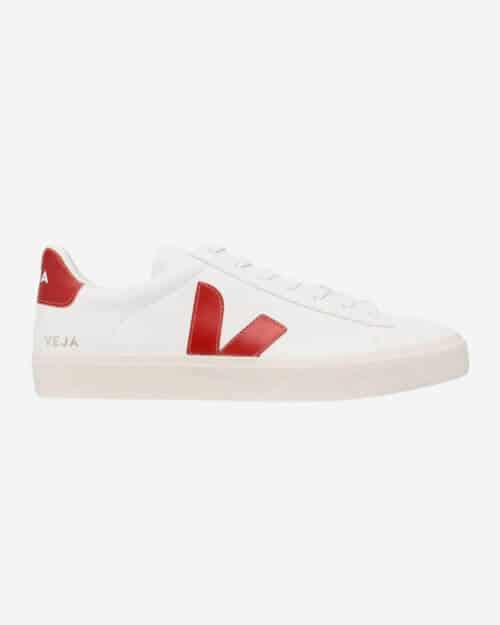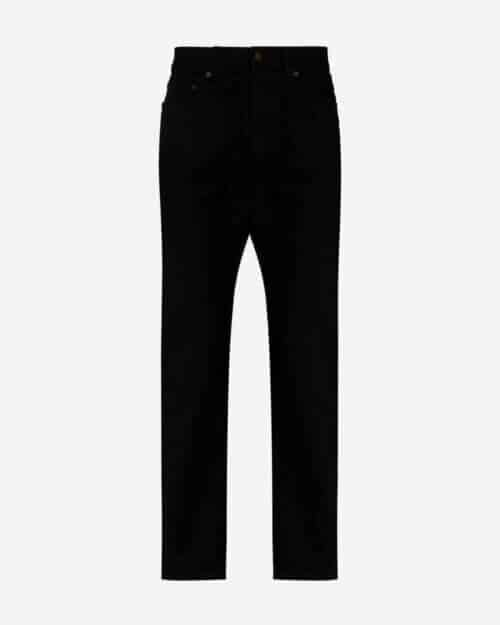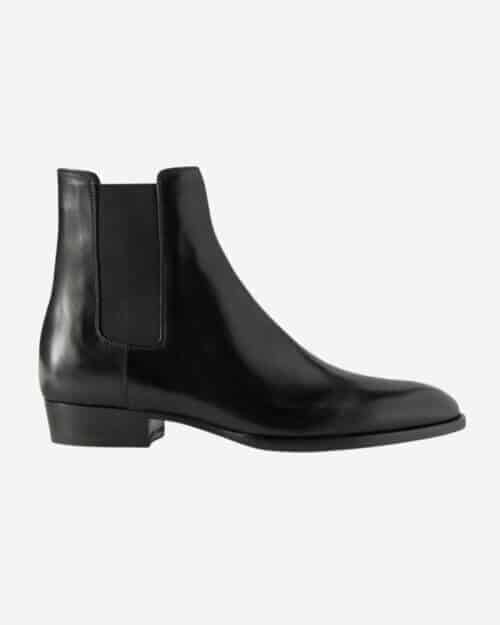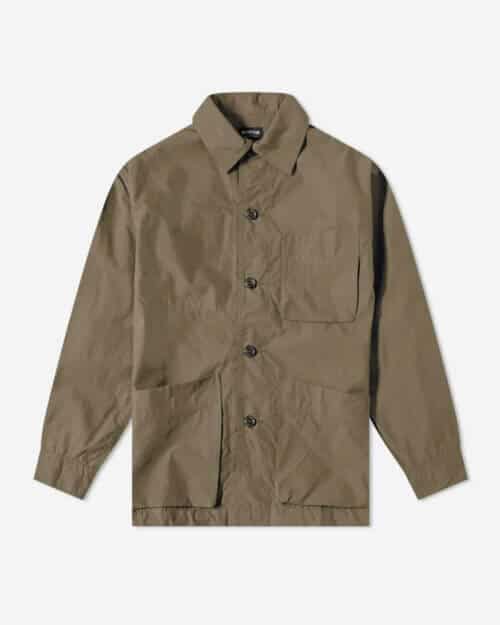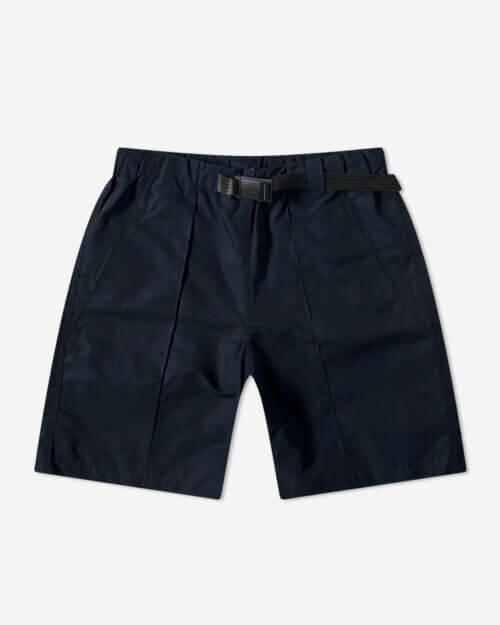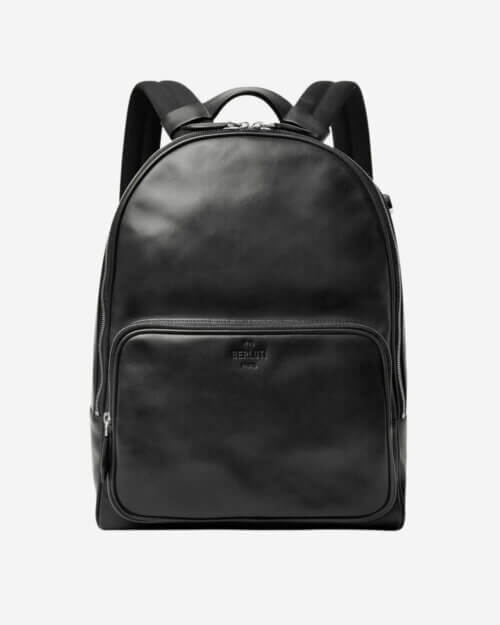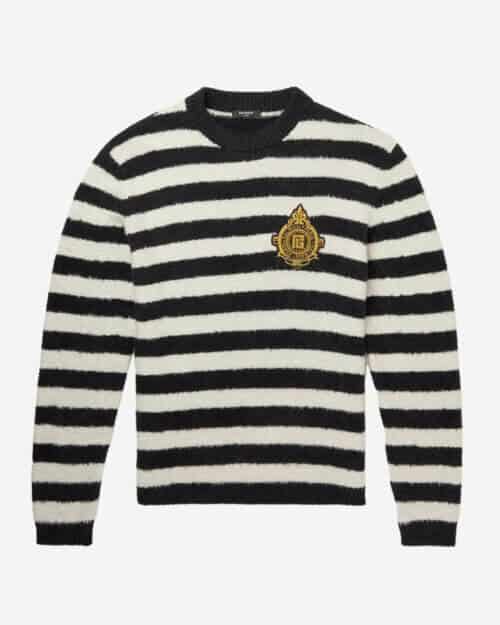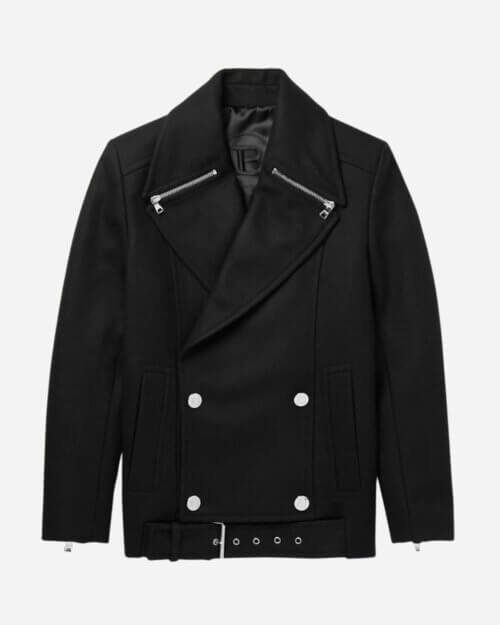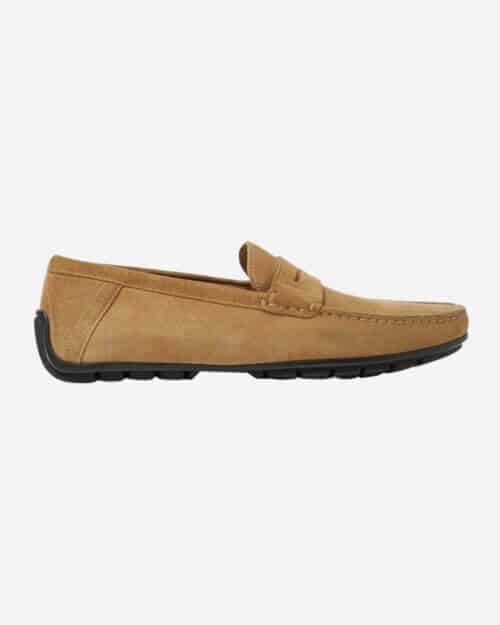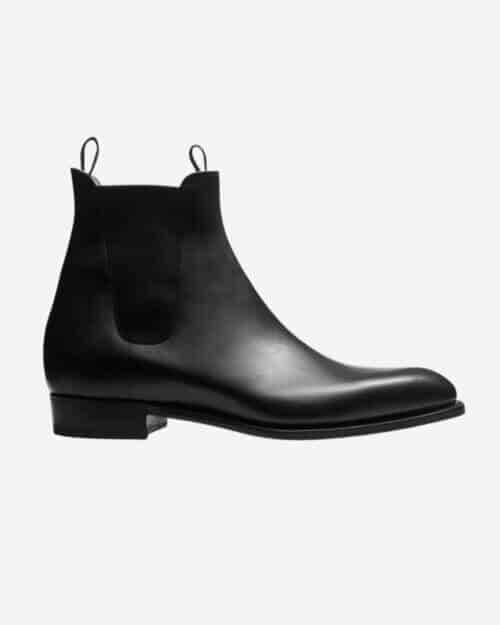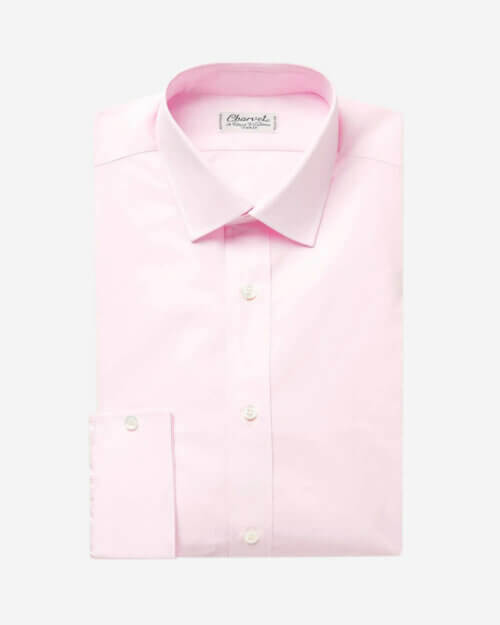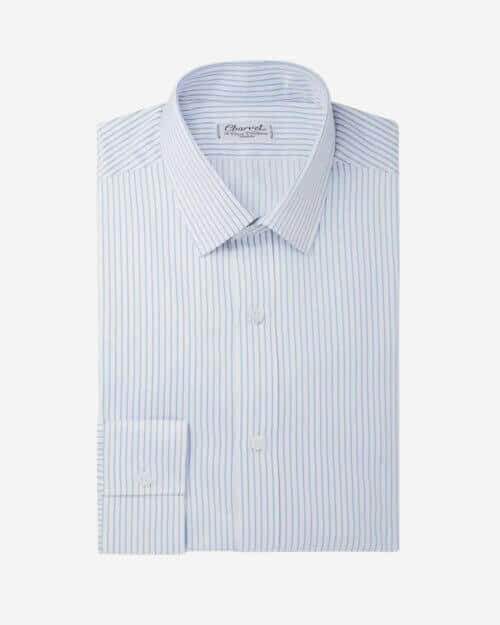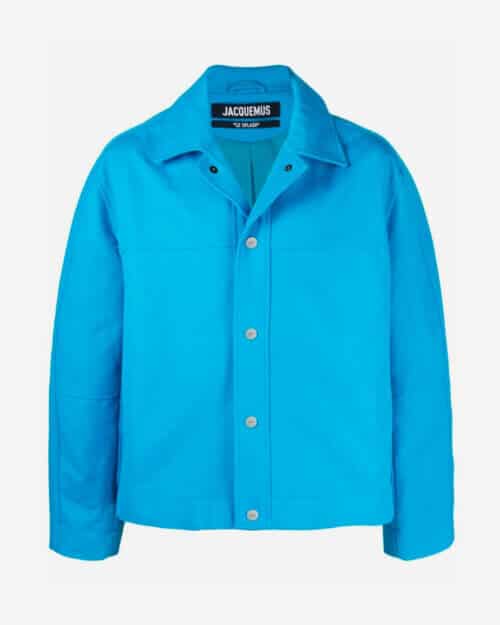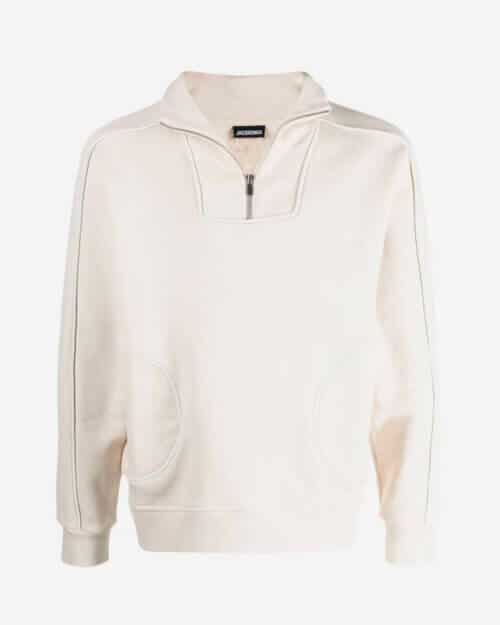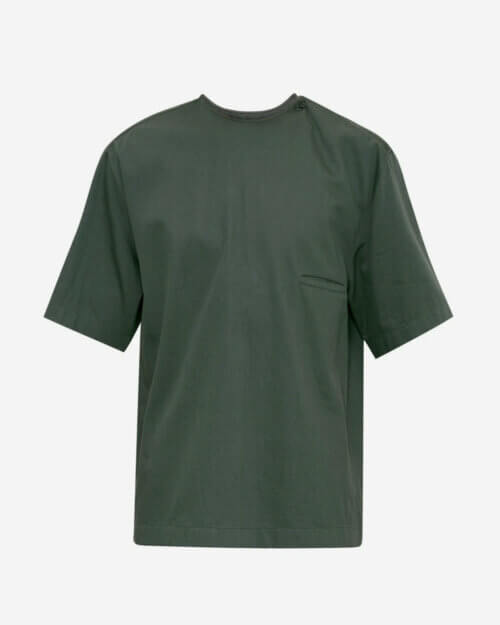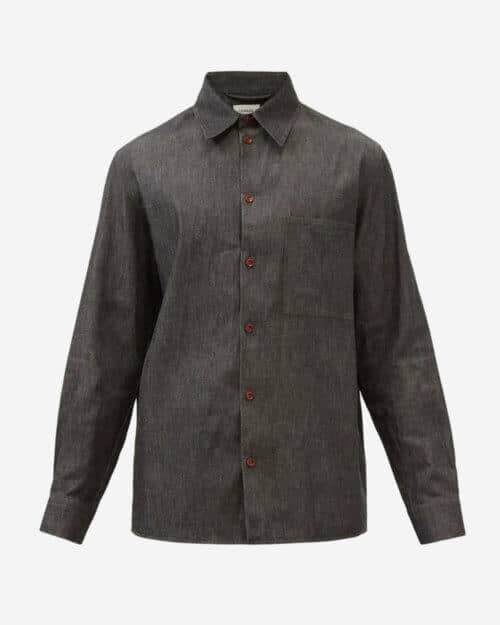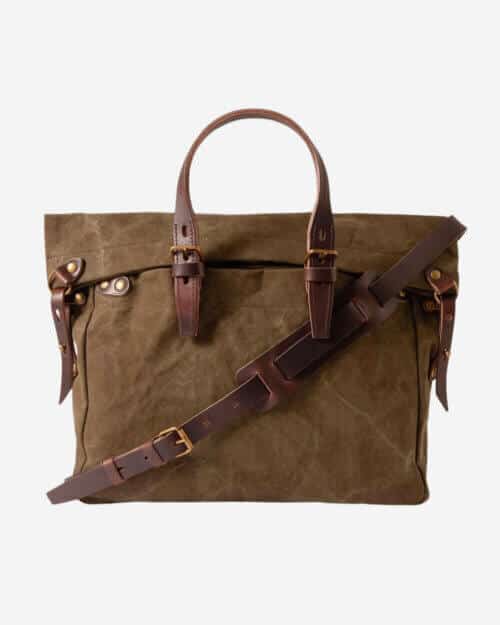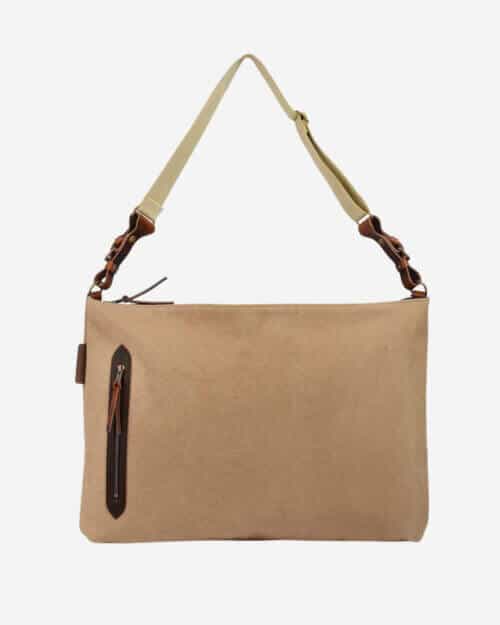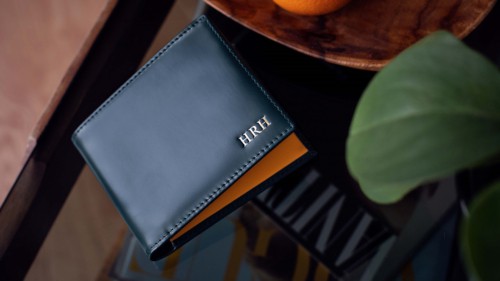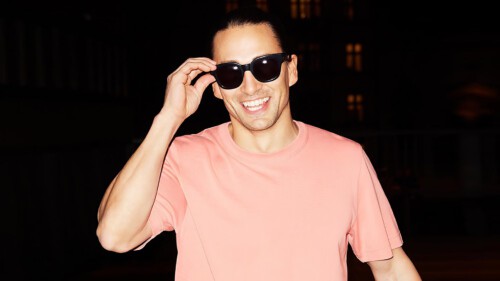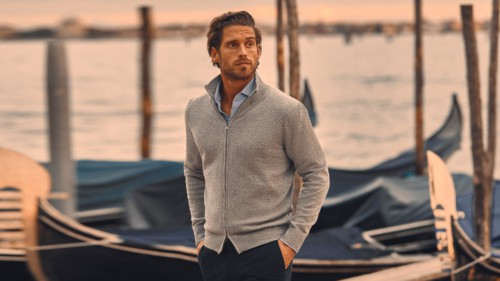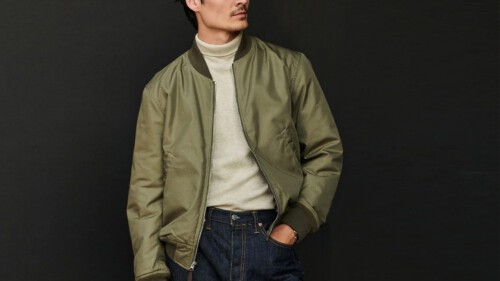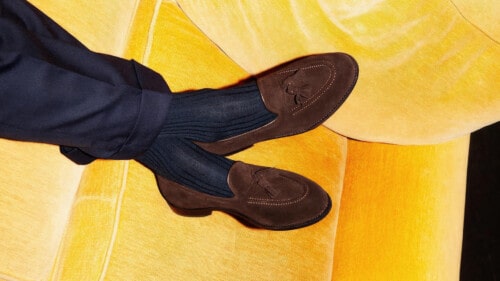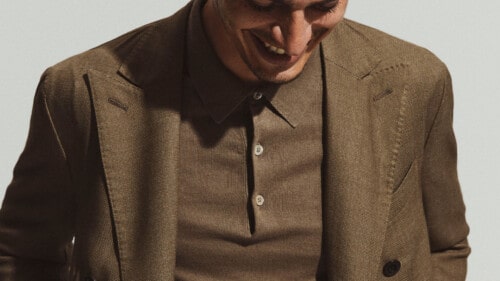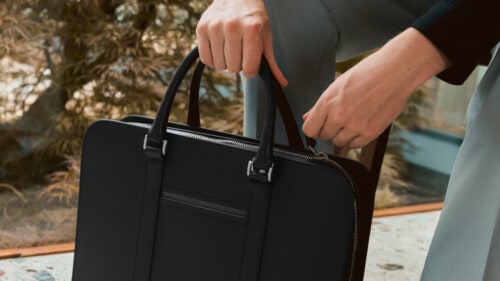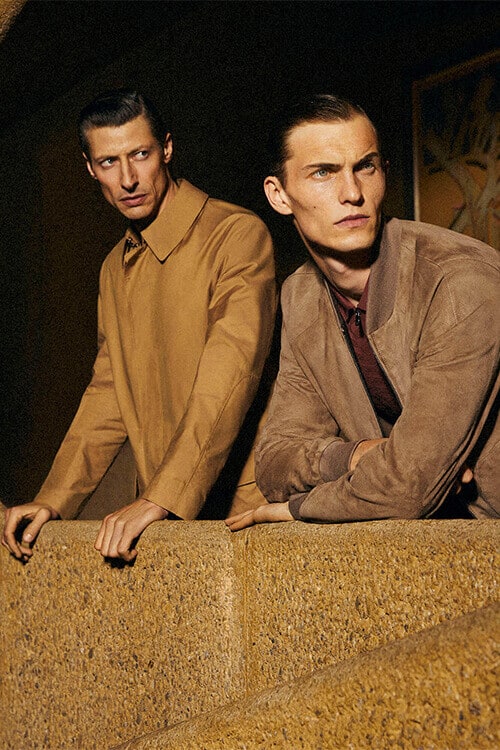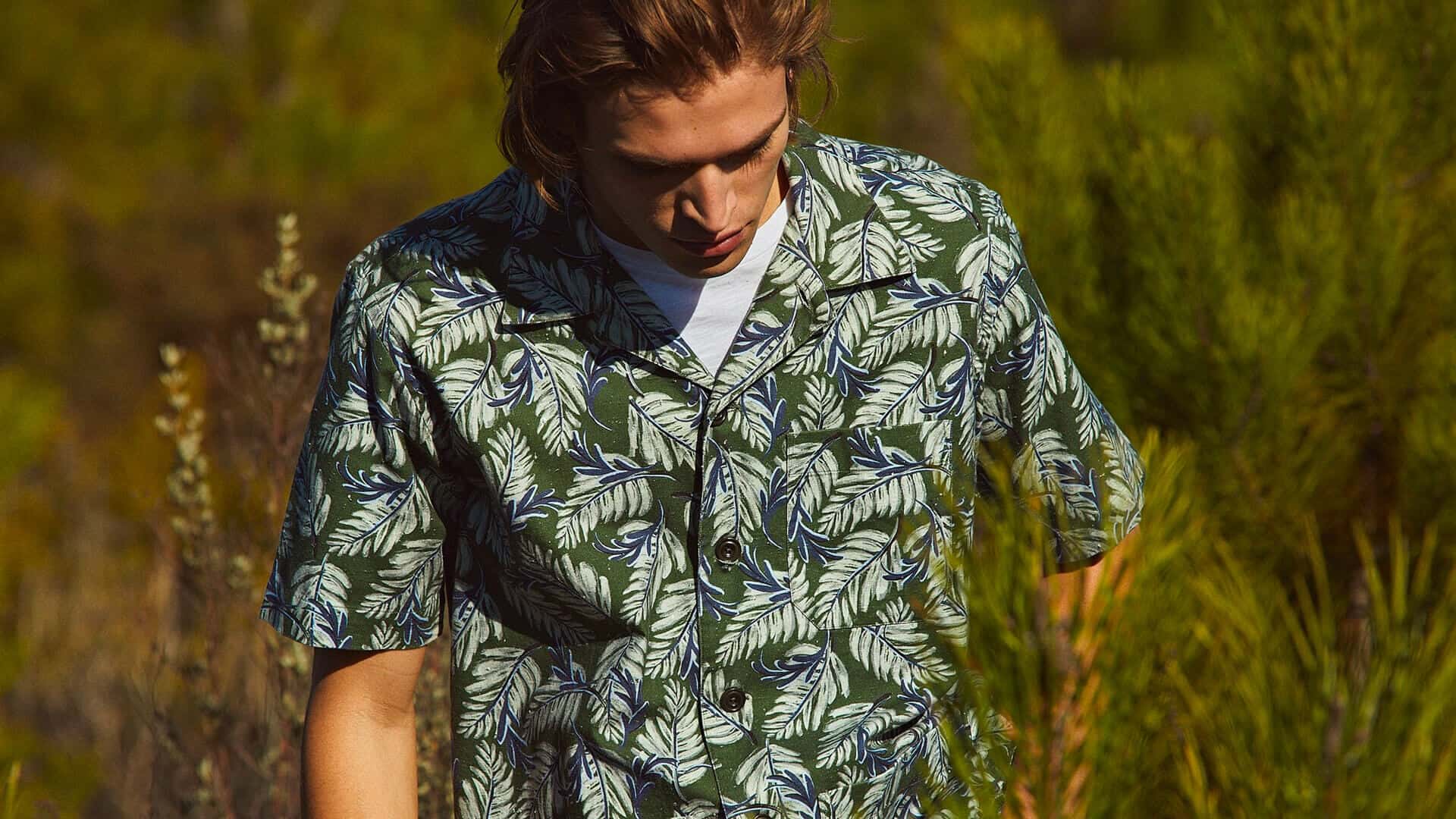
30 French Fashion Brands Every Man Should Know
When it comes to the men's fashion industry, the French are very much at the helm of the juggernaut, because let’s face it, they’re so effortlessly stylish. These luxury French clothing brands will help you get a slice of that enviable Gallic swagger.
If you want to know when the luxury fashion industry became important in France, you need to travel back to the 17th century, when the then Royal Minister of Finances, one Jean-Baptiste Colbert, proclaimed that “Fashion is to France what the gold mines of Peru are to Spain…”
Under the reign of the ‘Sun King’, Louis XIV, the French elite’s proclivity for luxury clothing was insatiable, and catalysed an industry of artisanship, creativity and trendsetting. From haute couture to pret-a-porter, the French invented just about every genre of fashion that exists, with Paris the engine room of taste then as now.
The city itself, like the clothing it produces, is designed in such a way as to be marvelled at every twist and turn. Look up and you see gold leaf in the skies. Look down and you see sneakers worth their weight in the yellow metal.
Given that France’s influence is still so compelling, we’ve rounded up a list of the French brands every stylish man should know about.
A.P.C
Jean Touitou founded A.P.C in 1987, setting out on a mission to create a new casual aesthetic that married Parisian nonchalance with an effortless attitude. It’s a combination stylish French men seem to have in spades.
A.P.C has since grown to become inextricably part of the French fashion scene, thanks to its deft combination of modern streetwear, Americana-inspired silhouettes and sophisticated French casualwear.
The denim, for one, is an A.P.C highlight, while the chore jackets and pleated trousers offer an elevated take on classic workwear.
Balenciaga
Possibly the biggest hype brand of the moment, the Balenciaga of now might be unrecognisable from the Balenciaga founded by its namesake in 1917, but Georgian creative director and co-founder of Vetements Demna Gvasalia has ripped up just about every script he has put hands to, turning Balenciaga into the subversive trendsetter of luxury fashion.
Gvasalia’s collections are more like postmodern critiques, always asking questions about how and why we consume what we do. From his tailoring to his streetwear, his modus operandi is oversized and boxy, so don’t expect traditional silhouettes. Do expect plenty of logo-heavy streetwear hoodies and tees to give your casual wardrobe some label cachet.
Vilebrequin
Wallflowers look away now because Vilebrequin does not do understated. The luxury swimwear brand, founded in 1971 by Fred Prysquel, is renowned for its vibrant patterns and seen-from-the-moon colour palette and has long been a favourite resort label of the well-heeled (no surprises it was started in St. Tropez).
The name actually means ‘crankshaft’ in French, presumably an in-joke given Fred was an automobile journalist. Inspired by the longer shorts worn by surfers in the 70s, Prysquel set about making an oversized boxer short silhouette, a shape which remains to this day.
Expect plenty of vibrant ocean-inspired geometric prints and more colours than an acid trip.
AMI
The archetypal modern Parisian brand, founded by Alexandre Mattuissi in 2011, interweaves the chic and the casual for an easy to style everyday look that wouldn’t be out of place in the coolest arrondissements.
Mattuissi’s aesthetic leans on minimalist tailoring references, with a cropped trouser silhouette combined with elevated streetwear influences. The result is a youthful elegance, with key pieces such as blousons and blazers juxtaposed with more casual elements such as hoodies and sweats, alongside fashion-forward garments such as cropped pleated carrot pants.
All of which means you can dress AMI collections up or down, making the garments extremely versatile.
Sandro
Sandro started out life in 1984 when Evelyne Chetrite persuaded her husband Didier to help her launch a fashion business with the aim of dressing Parisian women with modern elegance that was affordable. Since then, Sandro has become a part of the tight-knit SCMP group (the other brands are Maje, Claudie Pierlot and Fursac).
It now boasts a highly successful menswear line, too, the creative director of which is Evelyne’s son Ilan, who does a stellar job at creating svelte Parisian silhouettes in a diverse array of fabrics.
From slim-cut straight-leg trousers to cropped blousons and everyday staples such as tees and sweats, Sandro’s finger is never far from the high-fashion pulse, presenting great value in every collection.
Armor Lux
The brand founded by Walter Hubacher in the town of Quimper in northern France will be forever associated with that most iconic of French menswear garments, the Breton jersey. Since 1938, Armor Lux have been producing the finest quality Breton tops the world over, but the company has since evolved to become much more than a one-trick Gallic pony.
The brand is still very much inspired by its nautical heritage so you can expect traditional naval silhouettes such as the pea coat and duffle coat, alongside fisherman’s jumpers, sailing jackets and smocks. There’s plenty to love if you like a preppy, Ivy-league style that leans on nautical influences.
Maison Kitsuné
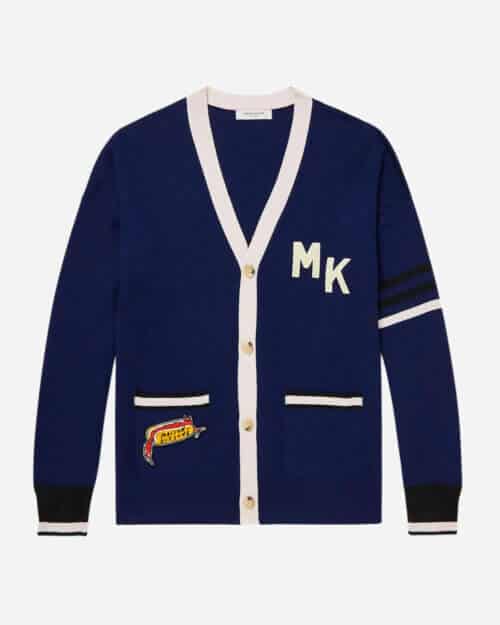
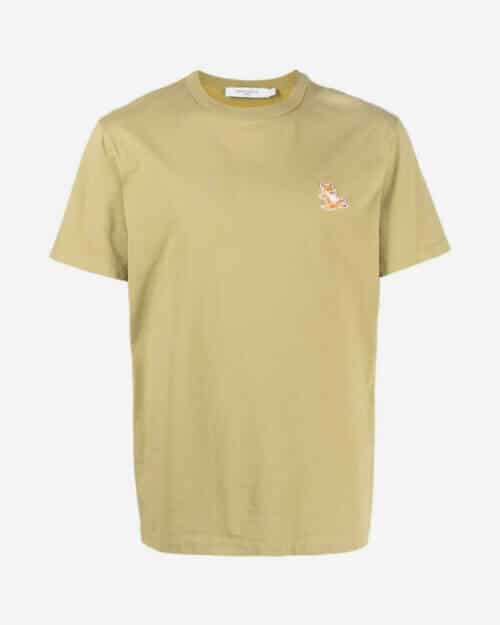
Maison Kitsune are one of those rare brands that are fully invested in the cultural zeitgeist and particularly music. Founded by creative mavericks Gildas Loaëc and Masaya Kuroki, Kitsuné takes much of its inspiration from music and art scenes (they have their own music label and a string of stunning cafes across Paris and further afield).
The vibe of the clothing is upbeat and fun, with a playful streetwear aesthetic expressed with a bright colour palette. The fox logo is an ever present bit of branding, too.
We love their knitwear collections, which are always vibrant, especially their preppy cardigans which add a Parisian twist to vintage collegiate style.
Le Laboureur
Le Laboureur is one of those hidden gems that only industry people seem to know about because for many years they produced white-label products for other brands.
The small family business, founded by Primo Zalenti in the 50s, has a stellar reputation for high-quality handmade workwear garments (which they originally sold to local farmers, hence the name of the brand). They’ve stayed true to their heritage by continuing to make unbeatable three-pocket chore jackets, which they construct in a multitude of different fabrics to suit the seasons.
Louis Vuitton
The jewel in the crown of French luxury, Louis Vuitton is still, after nearly two centuries, right at the top of the fashion tree, having reincarnated itself many times over.
In recent seasons, it had been truly reinvented by the late Virgil Abloh who took a behemoth laden with heritage and turned it once again into a subversive luxury icon.
Today, the lauded label is at the very forefront of the industry, a place where artisanship and iconography come together in a melting pot of streetwear, contemporary tailoring and hype trends. If you love your labels, then you’ll want that monogram in your wardrobe.
Lacoste
The fact that it is one of the most instantly recognisable logos in the world goes some way to tell you how significant Lacoste has been in the realm of upmarket sportswear and casualwear.
Founded by the legendary French tennis star Henri Lacoste, because he couldn’t find a comfortable, functional shirt to play in, the brand with a crocodile on its chest continues to create its famous polos together with the whole gamut of well-made sportswear-cum-casualwear.
Celine Homme
Celine has come a long way since it first started producing made-to-measure children’s shoes way back in 1945, and it wasn’t until Hedi Slimane joined the LVMH label in 2018 that it even produced menswear.
Womenswear had already garnered a cult following thanks to former creative director Phoebe Philo, but since her departure, Slimane has instilled his own brand of Parisian style.
Celine Homme then is achingly cool, defined by skinny silhouettes and a dark, moody palette with the occasional splash of animal print. Slimane’s collections are serious and rarely playful, but when you smoke Gauloises and talk about Sartre outside Café de Flore all day, who has time to be playful?
Givenchy
Hubert de Givenchy was a hit straight out of the gate when he launched his eponymous haute couture house in 1952 and the accolades have kept on coming. While many of the house codes that Hubert defined have been dissolved, Givenchy is nevertheless a fashion powerhouse with couture at its core.
With Matthew Williams now at the helm, the men’s pret-a-porter collections are decidedly modern and fashion forward, subverting classic silhouettes with contemporary experimentalism.
Williamson brings a new edginess to graphics, print details and especially accessories such as bags. There is a chic utilitarianism in his collections that has come to define a hard-edged urban aesthetic.
Hartford
Hartford describes its aesthetic as “casual elegance with a vintage but resolutely modern style”. Unlike some of the other contemporary French brands on this list, Hartford eschews slick tailoring and fashion-forward trend setting, instead focusing entirely on the traditional principles of workwear and Americana.
With this in mind, expect to find garments such as the classic bleu de chine (otherwise known as the chore jacket), seersucker suits, cotton and linen overshirts, relaxed chinos and Oxford button-downs.
Frenchman Yves Chareton founded the brand in 1979 in the US but the studio relocated to Paris not long after, hence the transatlantic preppy vibe which blends Ivy League East Coast style with traditional French workwear.
Isabel Marant
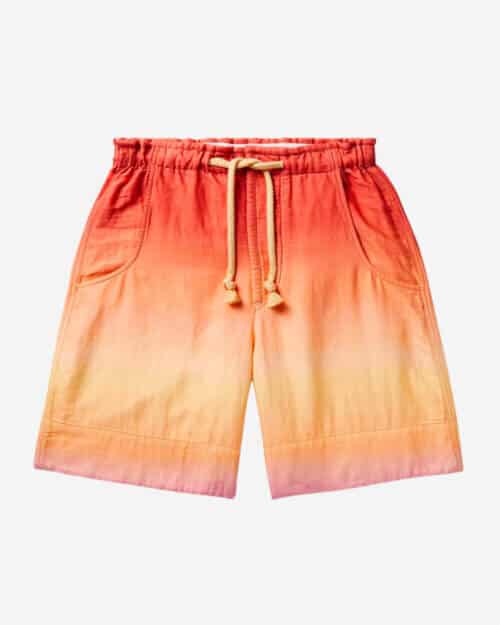
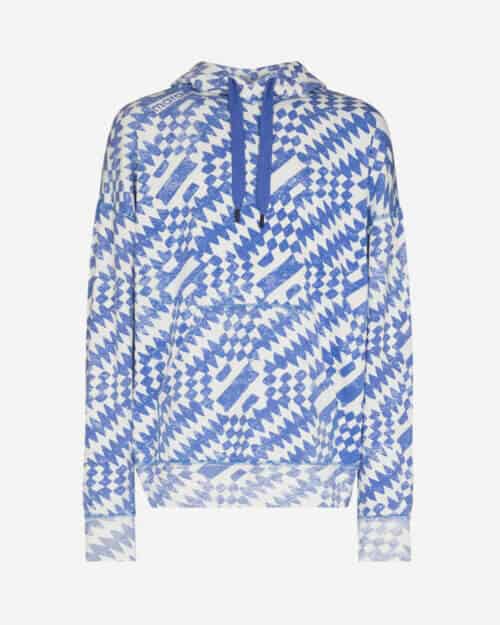
Isabel Marant stands out among her chic French peers. Her eponymous brand refuses to conform to the archetypal Parisian fashion rulebook of slim silhouettes and dark palettes. Instead, Marant has always stayed true to her love of bohemianism and her collections are bright, bold and joyful expressions of what menswear can be, with plenty of oversized and boxy shapes doused in kaleidoscopic hues and fun florals.
Planning a party weekend in Miami or some mayhem in Mykonos? Make sure you pack some Marant.
Dior Men
What used to be known as Dior Homme is now Dior Men, an anglicisation that perhaps signals a more global outlook. There is of course an Englishman steering the ship in the shape of Kim Jones, who has done a sterling job redefining the storied luxury house for the 21st century.
Jones has cleverly reinterpreted the house’s tailoring codes, creating super-sharp suits that break the traditional rules, but it’s his irreverent approach to streetwear silhouettes that has made Dior Men one of the hottest Paris houses.
Using a stunning array of luxury fabrics, Dior Men’s sweatshirts, tees, bombers, blousons and hoodies are all must-have items for the label lover.
KENZO
KENZO founder Takada Kenzo moved to Paris in 1964 in search of a career in fashion, bringing a distinctive Japanese sensibility and seamlessly blending it with an eclectic French aesthetic. His eponymous brand was founded in 1970 and it hasn’t looked back.
Since 2021, the Japanese founder of A Bathing Ape – the one and only Nigo – has been creative director, catapulting the brand into a new and exciting era where the interplay of art, music and culture defines the collections.
Vibrant logo treatments, floral prints and stunning patterns all come together on a canvas of contemporary preppiness.
Lanvin
The third oldest French fashion house still in operation, Lanvin has passed through many different hands of ownership in recent times, and even more creative directors, but under current incumbent Bruni Sialelli the brand has rediscovered its personality and is redefining its codes.
Contemporary elegance overlaid on modern streetwear silhouettes perhaps best describes said codes, with plenty of variant logo treatments and graphic prints which are great for adding a splash of label love into your looks.
The silhouette is relaxed and boxier than many of Lanvin’s Parisian peers, so if you enjoy voluminous sweats and oversized shirts that make a statement you may have found your perfect match.
Veja
It seems like Veja came out of nowhere and was suddenly everywhere, but perhaps that’s just what happens when you have authenticity and sustainability at the core of your business.
Designed in Paris and made to the highest ethical standards in Brazil, everything about Veja’s modus operandi is determined by its environmental and social impact. What’s not to like?
Their now iconic sneakers are in the style of a chunky lo-fi tennis shoe, with myriad colour details to choose from. It’s rare that a brand is so transparent about its sustainability practices so when they come along we should all get behind them.
Saint Laurent
Hedi Slimane is a tough act to follow, but Belgian-born designer Anthony Vaccarello has more than lived up to the task since he took charge of Saint Laurent in 2016, cementing Saint Laurent’s reputation for moody masculine silhouettes with a typical Parisian edginess.
Vaccarello has loosened up the skinny silhouette Slimane left him for a more modern yet still slim look that oozes dark romanticism. Think slim black jeans and androgynous sheer lace shirts.
The palette is unapologetically black, too – Saint Laurent is a label for seductive night hawks who come alive when the sun goes down. Vampiric? Possibly. Worth a bite? Absolutely.
Arpenteur
A relatively new brand on the scene but one already winning plaudits for its dedication to local artisanship, Arpenteur is a champion of Made in France, producing fantastic modern workwear.
It was founded in 2011 in Lyon by Marc Asseily and Laurent Bourvenand, with the pair taking their love of classic utilitarian menswear garments and elevating them with beautiful rustic fabrics.
Think rugged jumpers, four-pocket wool vests, indigo-dyed denim fatigues, heavyweight cotton tees and you get the vibe.
Officine Générale
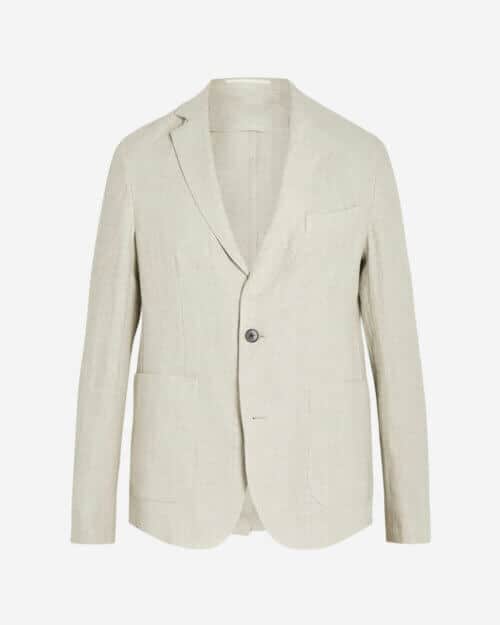
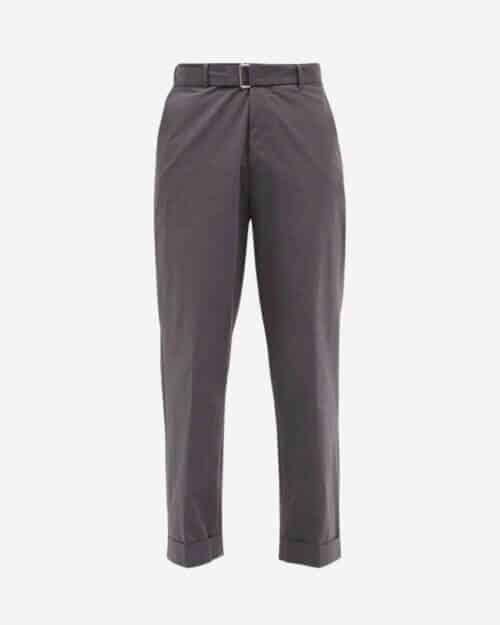
Think of the typical Parisian professional creative going about his day-to-day in Saint-Germain-des-Prés and therein lies the core of the Officine Générale aesthetic.
Founded by Pierre Mahéo (a pretty stylish guy himself), the effortlessly cool label exists at the intersection of smart and casual, excelling in the design of relaxed tailored classics and fine-gauge knitwear in an understated colour palette.
The effect is a certain upbeat Parisian nonchalance that’s a breeze to wear. Officine Générale takes great care in sourcing sustainable fabrics where possible, too.
Berluti
Berluti has been renowned for its exceptional leather-making ever since it was founded by Italian Alessandro Berluti in 1895, but only launched its first-ever menswear pret-a-porter collection in 2012.
Part of the LVMH stable, Berluti was the place to go for exceptional leather shoes and was most famous for its Oxford made out of a single piece of leather (their gradient tanning is still peerless, too).
Its menswear collection has been helmed by Alessandro Sartori, Haider Ackermann and most recently Kris Van Assche, all of whom have set the bar high for sophisticated menswear using the most luxurious fabrics imaginable.
If you love classic silhouettes but with a high-end twist in their fabrication, Berluti should be your first stop.
Balmain
Under the direction of Olivier Rousteing since 2011, Balmain has enjoyed huge success as Paris’s go-to glamorous luxury label. Rousteing was a 25-year-old nobody when he took over, but he was quick to understand the significance of a burgeoning streetwear movement and was able to deftly marry it with his knack for razor-sharp tailoring, a slick monochrome palette and experimental silhouettes.
Indeed, of all the Paris houses, Balmain is perhaps now the one to go to above all for something different, something subversive, something that will make people stop and ask you where you got it from.
J.M. Weston
Established in Limoges in 1891, J.M. Weston’s reputation for crafting leather shoes remains undimmed. To this day, all of the shoes are produced in Limoges, using an ancestral tanning process alongside traditional meticulous artisanal techniques.
J.M. Weston’s collections cover all of the classics, but especially notable are their Chelsea boots, Derbies and slip-on moccasins. Yes, they come with a pretty hefty price tag, but look after them well and you’re investing in shoes for life.
Charvet
One of the oldest of the old-school French luxury houses, Charvet is a largely bespoke shirt and tie maker of the very highest quality and has been producing its fine garments for the world’s elite since 1838.
Located at 28 Place Vendôme in Paris, it was actually the first shirt shop in the world – so the fact that it is still around today is testament to its unparalleled quality.
The shirt collection is phenomenal, focused almost exclusively on the formal/business side so don’t expect to find any soft collar button-downs you can wear with shorts.
If you shop at Charvet, you’ll probably be looking for some nice cutaway collar shirts to complement your extensive tailoring collection.
Jacquemus
Born and raised in the South of France, Simon Porte’s Jacquemus label is the embodiment of the relaxed, carefree life of Provence and the riviera. He first launched his menswear line in 2019 after much acclaim for his womenswear collections.
He describes his style as ‘naive’, by which he means youthful and fun. Hence you can expect lots of loose silhouettes and oversize shapes combined with modern relaxed tailoring – perfect fodder for hot summers on the Côte D’Azur.
The aesthetic definitely borrows from and evolves the workwear tradition, injecting it with lots of colour, pattern and ultimately, fun.
Lemaire
Lemaire is more like a fashion philosophy than it is a fashion brand, such is its thoughtful dedication to a minimalist and modular Parisian aesthetic.
Founded by Christophe Lemaire and Sarah-Linh Tran, Lemaire is unwaveringly pared back, using stunning fabrics to create loose, relaxed silhouettes and very rarely deviating from a soft colour palette, making each subsequent collection easy to restyle with those that have gone before it.
There are certainly some Asian influences in the shapes, while the brand also borrows from military and workwear genres. If you prefer a restricted colour palette of muted greys, black, olive green and pastels, but in shapes that don’t conform to the norm, then you’ve just found your new favourite label.
Bleu De Chauffe
It’s impossible to be more French than luxury leather bag maker Bleu De Chauffe. Based in the Aveyron region, Bleu De Chauffe uses only local artisans to craft its stunning wares, selecting only the very best and most sustainable fabrics and hardware.
Each artisan is 100% responsible for the bag he or she produces (they date and sign each piece they make) – there are no production lines, which in this day and age is unique and highly commendable.
With such outstanding eco credentials, what are the bags actually like? In short, rugged and rustic, cut from incredible leather, suede and canvas, and inspired by French vintage styles such as the fisherman’s musette and postman satchels.
